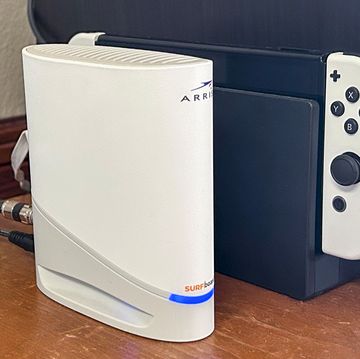Spring is tricky. It's cold, then it's hot, then it's cold again. It's annoying. And it means you need a sweater. But what would really be great is a sweater that uses the same technology that's been protecting astronauts for twenty-five years.
Gihan Amarasiriwardena, who trained as an engineer at Massachusetts Institute of Technology, partnered with two students at the business school to launch an online clothing company, Ministry of Supply, in 2012. (The first permanent physical store opened in 2014 in Boston.) Their goal was to combine the technology of athletic gear with the style of dress clothes. At first this meant using moisture-wicking, stretchable fabric to make button-downs, but then the company incorporated phase-change materials, which were used in textiles by NASA to regulate the temperature inside a spacesuit. (If an astronaut faces the sun with his back to deep space, the temperature difference on the opposing sides of his spacesuit can be as high as 275 degrees Celsius.) This year Ministry of Supply unveiled its first thermoregulatory sweater, the Mercury ($168).
Here's how the technology works in regular gravity: The sweater is made of moisture-wicking merino wool blended with acrylic. Each fiber is embedded with a tiny amount of paraffin wax, which freezes or melts in response to its surroundings. As you overheat, the wax melts, turning from a solid into a liquid, kind of like a candle, and drawing out excess body heat to cool you off. When you get cold, the reverse happens. The wax freezes into a solid, causing it to release the stored heat back to you. The full process—in either direction—takes about seven minutes and is much easier than opening a window. And it does all this while still managing to feel as comfortable as a typical sweater.
Amarasiriwardena also paid extra attention to the body's hot spots. Using infrared thermography, he mapped the key areas that expel heat (no surprise: your armpits) and cooled them by adding six ventilation holes to reduce fabric density by 25 percent. Instead of sewing in these panels separately, Amarasiriwardena has them made with 3D robotic knitting, like 3D printing for clothing. The machine prints out the sweater in panels and tubes that it links together as it works. The sweater comes out of the machine as one seamless garment, thereby avoiding any additional itchiness or annoyance. Scott Kelly wouldn't tolerate either of those things. And neither should you.













